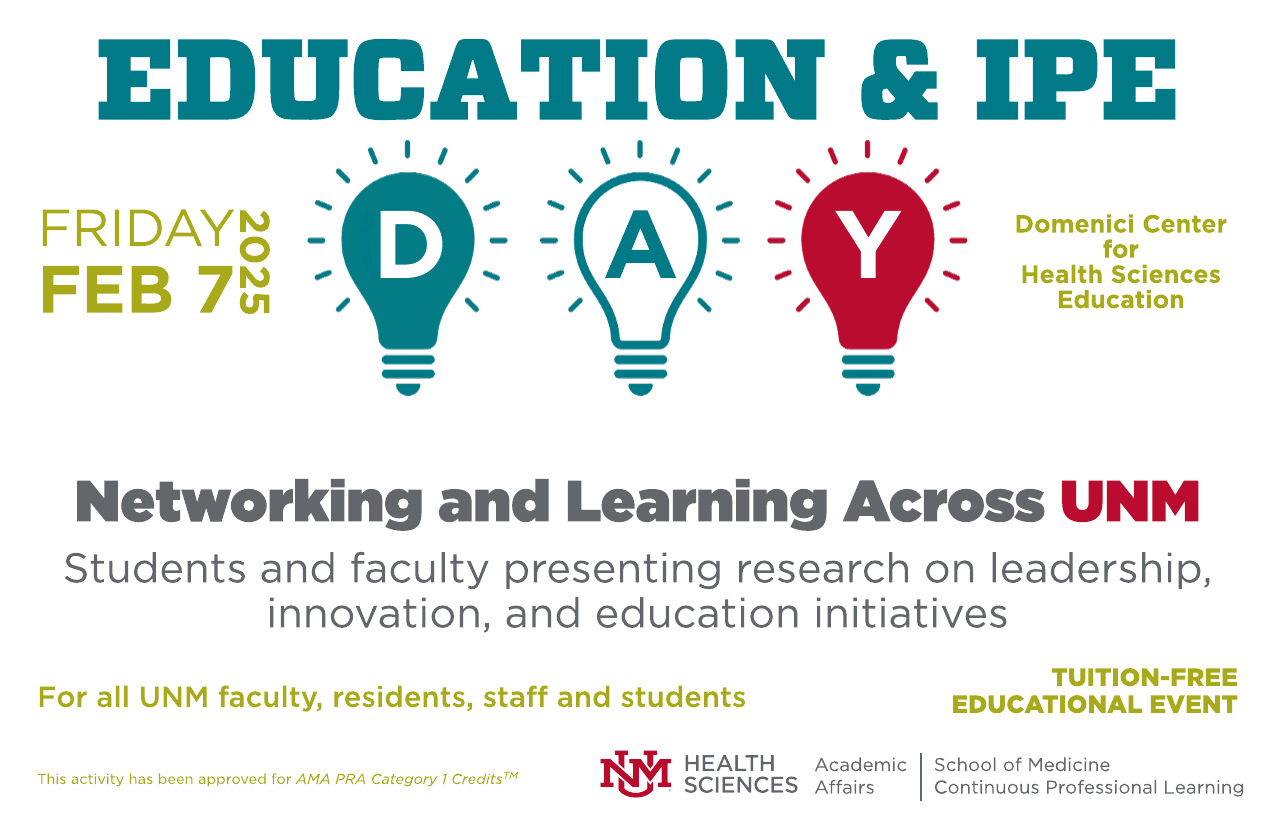
HSC Education Days
Document Type
Presentation
Publication Date
1-12-2021
Abstract
The U.S. Census Bureau predicts that Hispanic, Black and other minority groups will constitute more than half of the U.S. population by 2044. It is therefore problematic that only about 10% of images in dermatology textbooks illustrate dermatologic conditions in dark skin. This paucity of adequate resources has affected physicians’ education and patient outcomes. A study several years ago found 47% of dermatologists and residents reported that their medical training on pathologies in Black skin was insufficient, and that there was a need for more training materials exhibiting Black skin. Black and Hispanic patients are also less likely to be diagnosed with skin cancer, but more likely to die from it than their white counterparts. Due to these deficits, there has been a call to expand the existing database of photographs to include more images of dermatologic conditions in skin of color. Resources that represent the diversity seen in U.S. populations would augment physician training and may subsequently improve patient outcomes. To address this shortage, we are creating an educational resource that will be freely accessible to physicians, medical students, and any other individuals who may benefit. Dermatologists at the University of New Mexico have been instructed to photograph common and uncommon skin conditions in all skin types and colors. We are also retrospectively indexing images collected over the past several years in New Mexico, which has a large Hispanic and Native American population, and North Carolina, which has a large Black population. Our plan is to release our resource in the next few months, and to continue expanding it for years to come. Due to the COVID-19 pandemic, this will be an opportune time to provide digital media education tools that can be accessed remotely. We hope this will help improve education of dermatologic conditions in skin of color for providers and trainees, and ultimately benefit patients.
Recommended Citation
Osmani, Sabah; Towela King; Charles Phillips; and Aimee C. Smidt. "Creating a Database for Dermatologic Conditions in Skin of all Colors." (2021). https://digitalrepository.unm.edu/hsc_ed_day/98

Comments
This presentation was presented during the University of New Mexico Health Sciences Center Education Days.